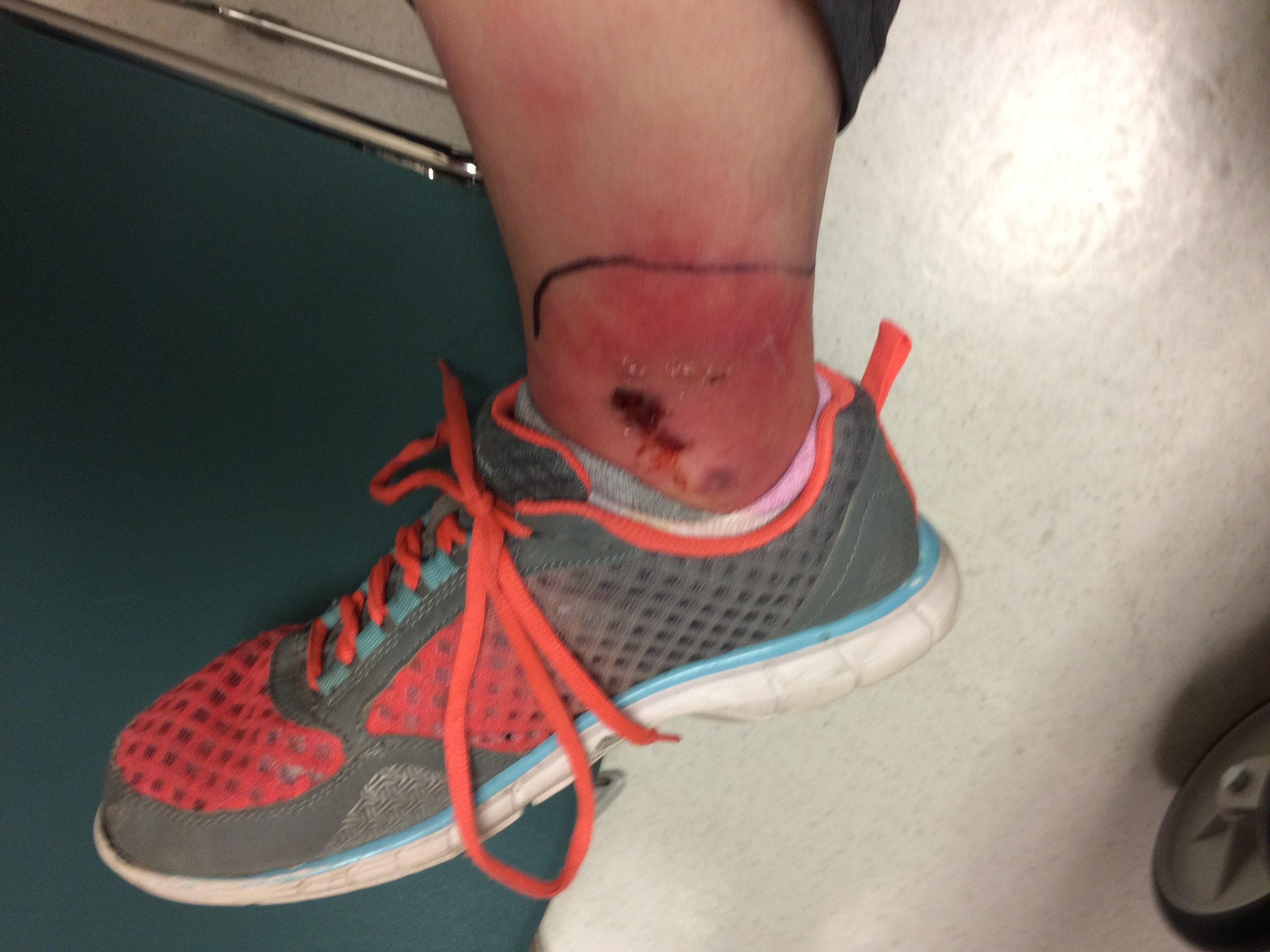Traumas of severe autism and psychosis haunt a mother as she repairs her broken home and heart.
The author with her daughter.
By Robyn Fedrigon
We live in a beautiful home, in a beautiful neighborhood. I am almost done repairing destruction caused by severe autism and psychosis. It’s been five months since she’s been away. I’ve painted just about every room in our home. I’ve spackled holes in the wall—the size of feet and fists. I remember the tears, as I painted over the last muddy handprint she left above the bathtub. And hanging new blinds from ones that were broken from her trying to, and eloping out of windows. Door frames needing total replacements from the repeated slamming while she was manic.
We’ve replaced about 20 new door handles throughout the house because if they were locked, she would break in with force. A two-foot hole Ariana dug with her bare hands as four adults tried to stop her mania...finally has grass growing. The field behind our house, from window view, is again filled with water. I have flashes of memories as she ran and went in that mud/water field and no one was going to stop her mania. Even our neighbors feared her.
I drive down Gittings Road everyday, and everyday I remember racing to save them while she was running, disrobed, and my husband had her restrained on the ground on the side of the road. Cars pulled over out of concern, one being an undercover sheriff. I remember Facetiming her as my husband drove her to school in Milwaukee, and to my horror, she dropped the phone, jumped out of the car in a busy intersection and attempted to enter a home while disrobing, all unfolding in front of my eyes while I could do nothing.
My life was high vigilance 24/7 for years. And escalating crisis level every year for a few years. The mornings I had to kiss my babies goodbye before she got up so they could get safely tucked away at daycare because she would get “set off” leading to aggression/destruction at the sound of their little voices. Watching my girl being handcuffed by police, at least a half dozen times, what mother has to witness this and know it’s the only option because she’s not safe.
Countless ER transports for Mental Health Evals and state mental hospital admissions. My arms no longer have bruises and cuts, only scars. I don’t have to wear cover-up jackets to hide what was caused by my own child...not a violent spouse, as many would assume. I’m getting a new SUV this week, my current one has too many memories of my girl kicking at my steering wheel, kicking the trunk window as I was going 65mph down I-94 desperately approaching our exit. So many times a naked 12 year-old in plain sight in my trunk, silently hoping a passerby would call the cops because it was just that dangerous, for all. Watching from my rear-view mirror, while driving, as she was assaulting two aides in the back seat while trying to get to me.
I don’t know how I am here to tell you what survival mode looks like. And remember, this is only a glimpse. The full context of dangerous situations daily would make a soldier shudder.
We are in polar opposite now, we are a normal family, our house is back to being a home with no physical sign of the trauma we endured. We survived, she survived and is safe. We had to hire an attorney and take CPS to court to have a judge order them to find and fund residential treatment. She has already been in our state mental hospital all summer on a Chapter 51 court-ordered Mental Health Commitment. We had seven court hearings from May 16 to August 1. She had a denial list two pages long of residentials that said they couldn’t provide the level of care she required. At the end of the hearing judge looked at me and said, “Robyn, nobody should have to get an attorney and come to court in order to get your child help, it just shouldn’t have to be this way.”
By the grace of God, a Psychiatric Residential Treatment Facility, called Springbrook Behavioral Health in Travelers Rest, South Carolina., five states away, agreed to admit Ariana, for which I am so very thankful because they literally saved our family. Her absence is still profound…but sadly, necessary.
Robyn Fedrigon is a special needs mother of six adopted children based in Wisconsin. She has been a foster parent for the past 13 years. Ariana was adopted by her family as an infant. Her five year-old son also has autism. Robyn wishes to thank NCSA for sharing her story.: “The general public has no idea that an exploding number of families live like this.”


























